
The Kinabatangan
sabah borneo
Tropical rainforests
Tropical rainforests make up 7% of the Earth’s land surface and are known to harbour around half of the plant and animal species worldwide.
Around 90% of tropical tree species are being dispersed by animals through seed dispersal. Conserving these animals in degraded and fragmented habitats is likely to represent a crucial step in maintaining healthy forests.
Lowland rainforests of Southeast Asia showed the highest rate of deforestation in the tropics…
Home to the biggest tropical log producers for timber and producing over 80% of palm oil worldwide, the future of Southeast Asian forests and biodiversity remains uncertain.
Less tree diversity, less animal diversity
Most species face declines in abundance and richness through a biological and physical homogenisation within plantations (image: on the left: Primary forest in Danum Valley, Sabah – on the right: oil palm plantation in Sabahmas, Lahad Datu, Sabah). Taxonomically, by cultivating only one tree species, diversity is diminished as the architectural structure of the vegetation in plantations is simplified (canopy layers are non-existent).
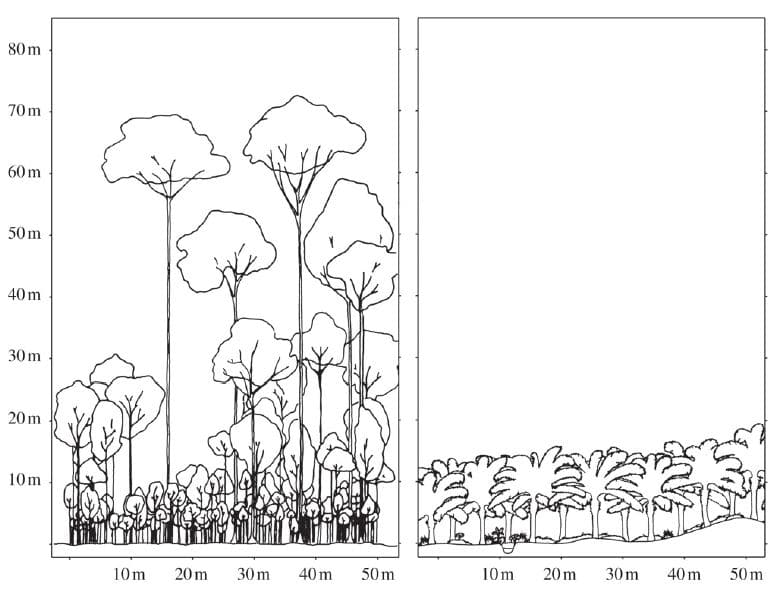
The Kinabatangan wildlife sanctuary
The Kinabatangan Wildlife Sanctuary, where our surveys took place, is an area of 26, 000 ha and is one of only two places on earth to have 10 primate species such as the proboscis monkey and orangutan.
Daily wildlife observations and surveys were performed at the Danau Girang Field Centre (DGFC). Here, research aims to ensure the persistence of viable populations of locally found species in the increasingly fragmented landscapes of the Kinabatangan. Among the species studied are insectivorous bats contributing to the maintenance of a healthy forest ecosystem.
Bats
Out of a total of 102 bat species in Borneo, Sabah is known to possess 90% of the island’s bat diversity. Insectivorous bats of Borneo are known to regulate insect populations maintaining ecosystem stability. Certain species travel between caves, which are known to be roosting sites, and the forest interior. These bats are possibly redistributing nutrients through excrement released in parts of the forest.
Fertilizers
Bat excrement is providing fertilizer of high nitrogen and potassium, vital for plant growth. Travelling bat species may well sustain certain terrestrial and nutrient poor ecosystems like caves.
Bornean cave systems show great species diversity & richness. Numbers have exceeded 100,000 individuals of horseshoe and leafnosed bat species.
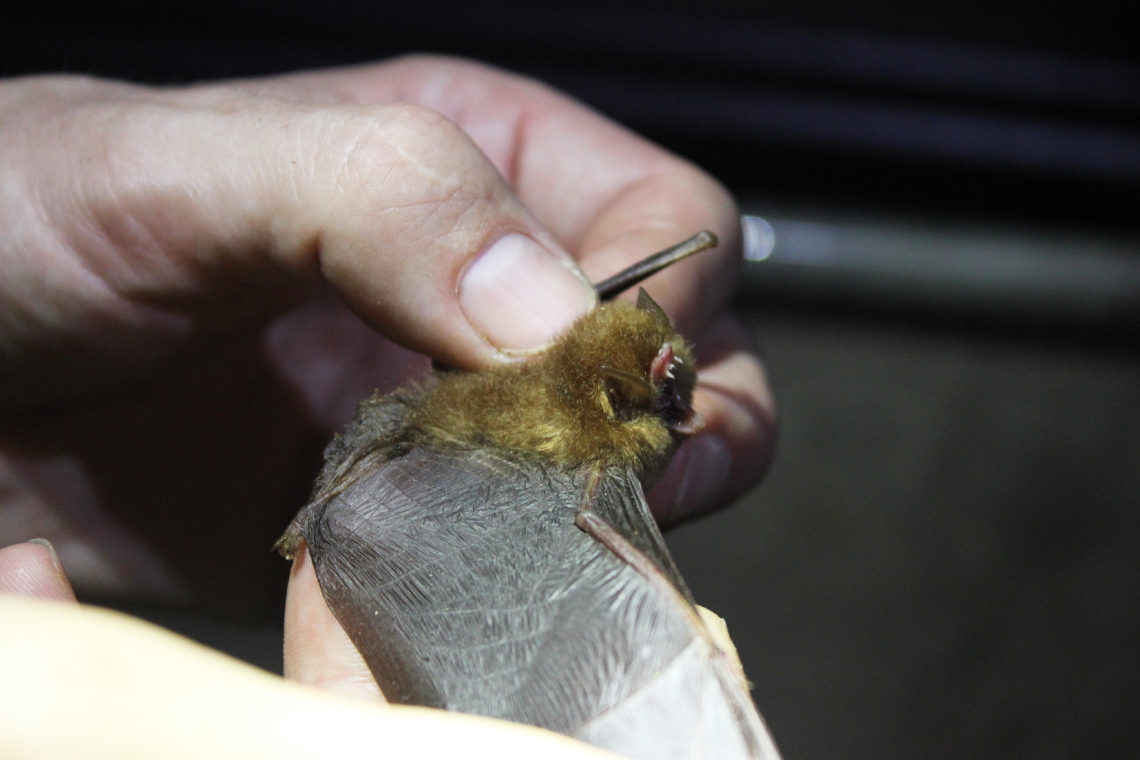
Mist nets are ethically not ideal as animals are trapped into the net’s small isolated pouches causing them stress. Harp nets have vertical fish netting just like a harp where wings get caught and the animal slowly falls downwards into the bag below the netting. As insect activity mainly occurs in the understorey (closer to the ground), the net does not have to be placed high up. Bats prefer cleared pathways so nets are placed to come between bats and paths.
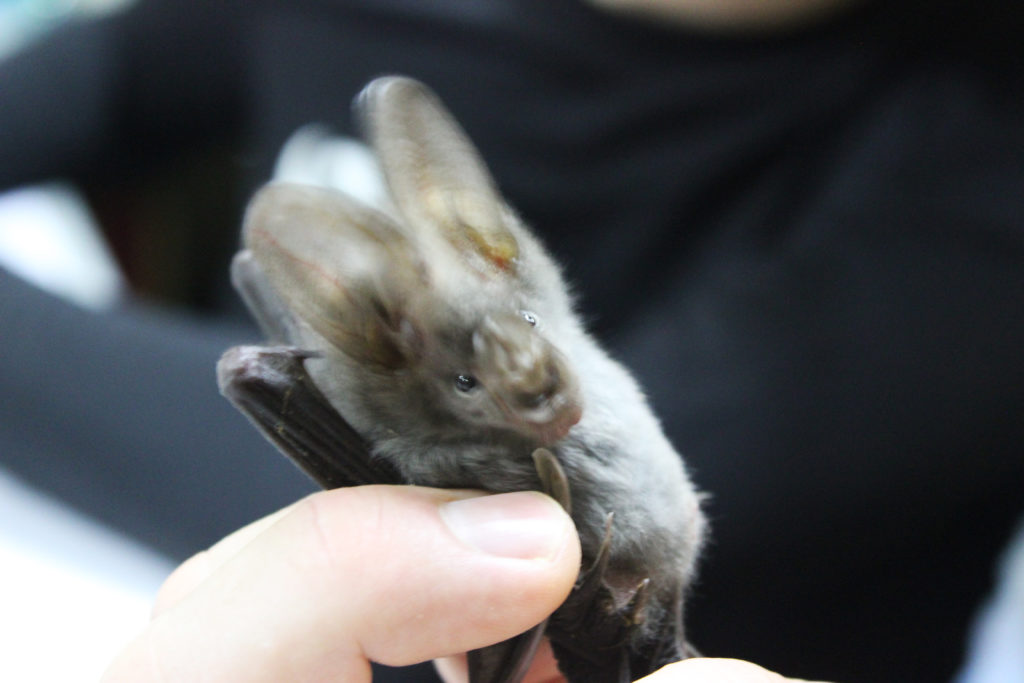
Orangutans
Pongo pygmaeus listed Critically Endangered on the IUCN Red List suffers severe declines due to habitat loss and climate change.
In Indonesian Borneo 2,000–3,000 orangutans were killed every year for the past four decades.
Ecology & Behaviour
Today, wild orangutans are only found in northern Sumatra and Borneo. Both present separate species due to their differences in fur colour, hair length, body built and more.

Orangutans build nests or leaf beds able to hold up to 70kg. Leaves are crossed, bended inwards and branches are broken to create extra padding. Individuals rarely sleep in the same leaf bed twice due to the likely occurrence of parasites.
Young orangutans stay with their mother for approximately 8 years, which is so much longer than other apes. In comparison to chimpanzees, they produce only one offspring. This increases the species vulnerability and threatens its persistence in the wild (1 young and extended gestation period).
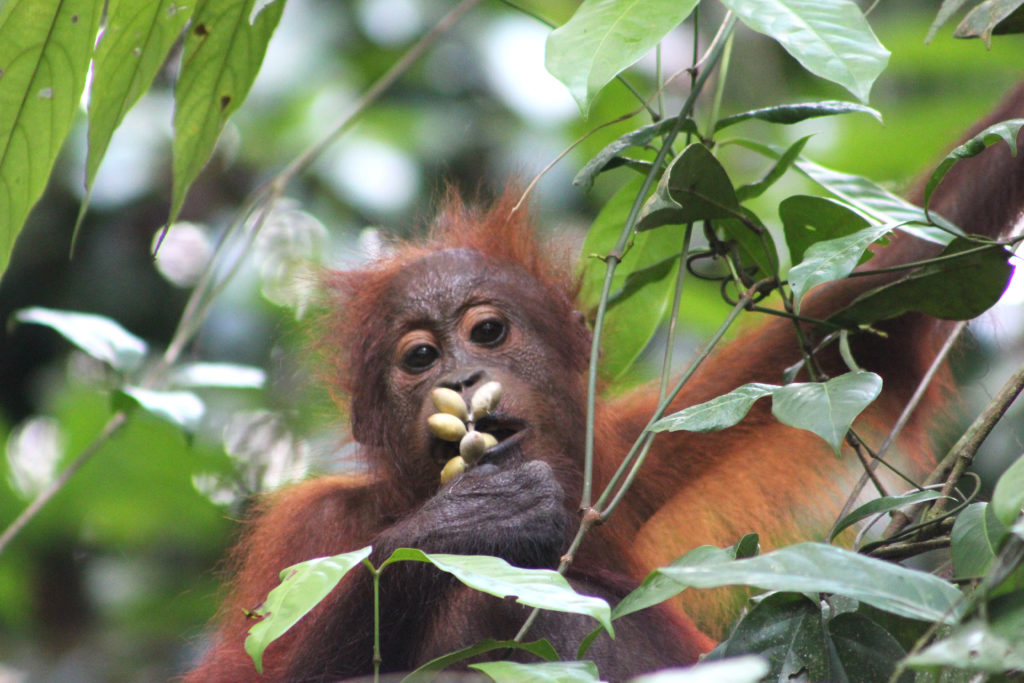
You May Also Like
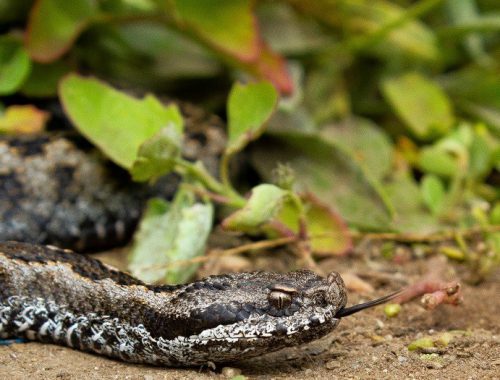
Portugal: Lataste’s Viper
19 September 2019
Australia’s fires: Finding a culprit
16 January 2020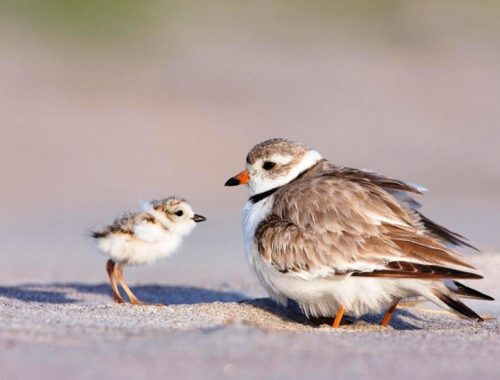


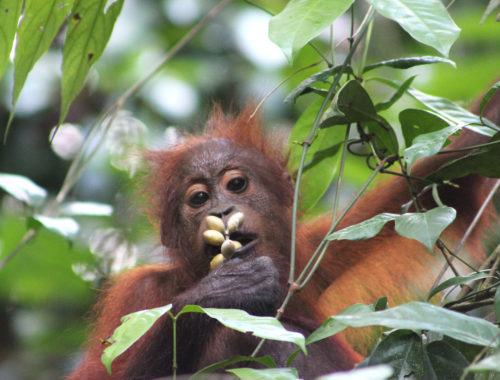
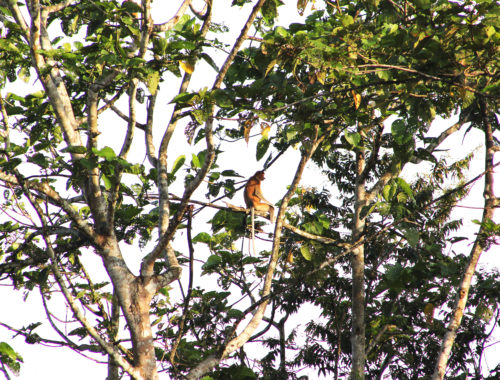
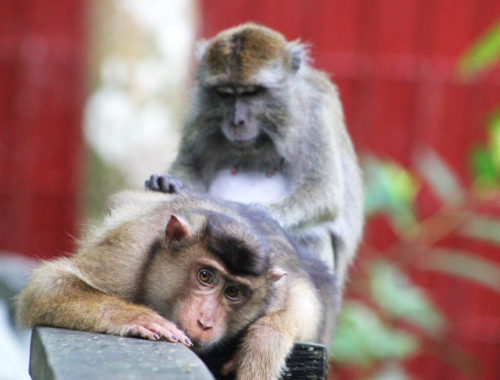
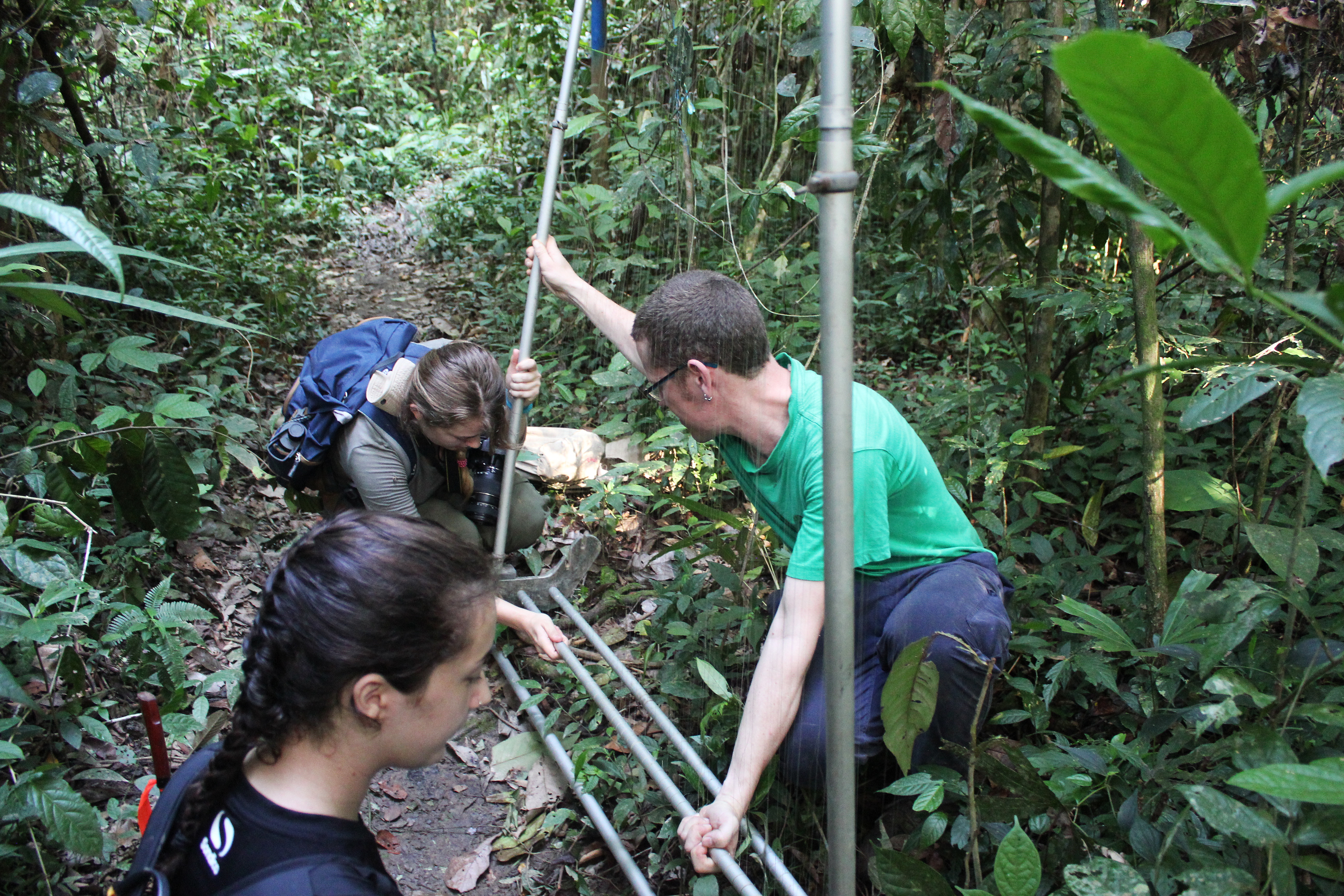
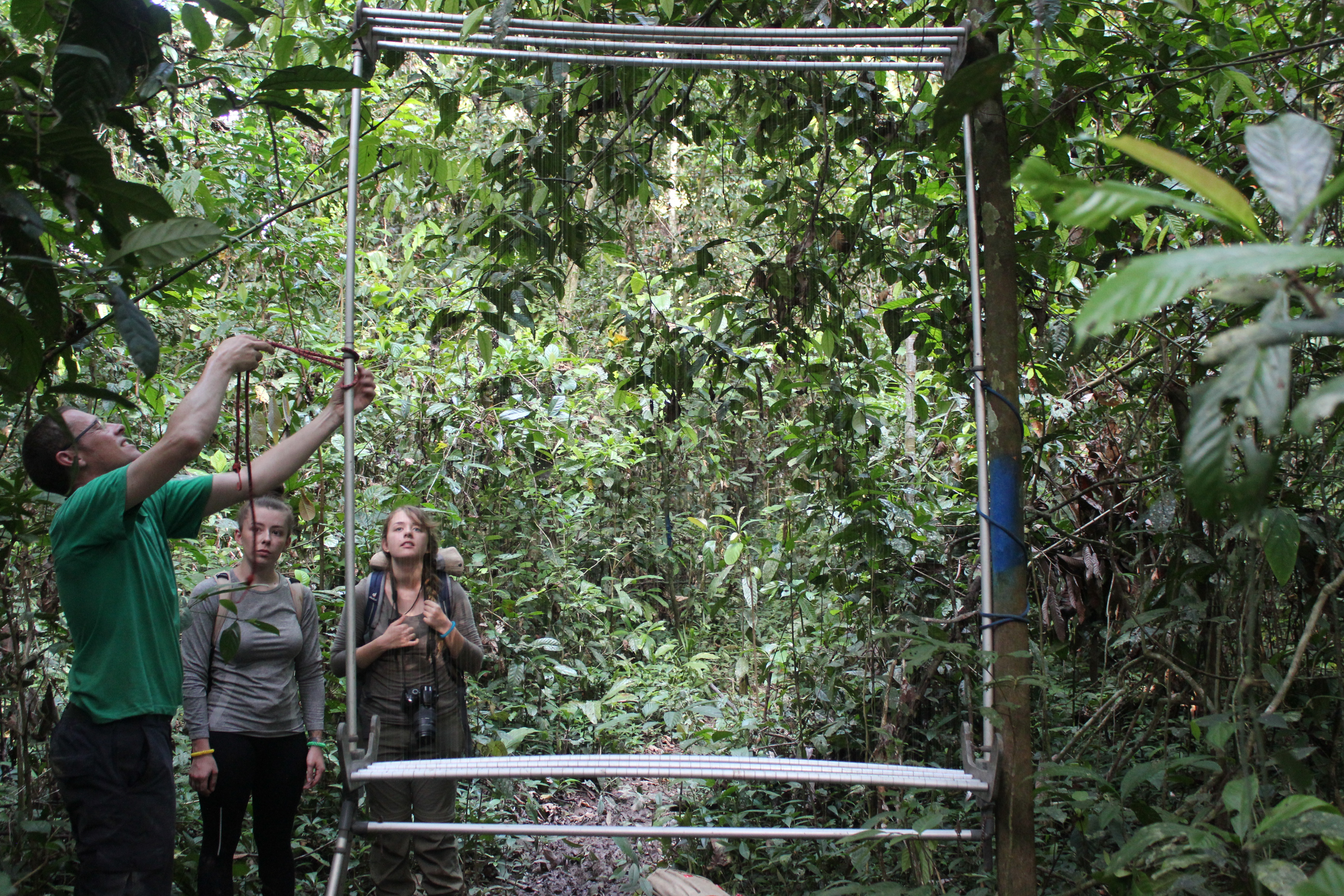

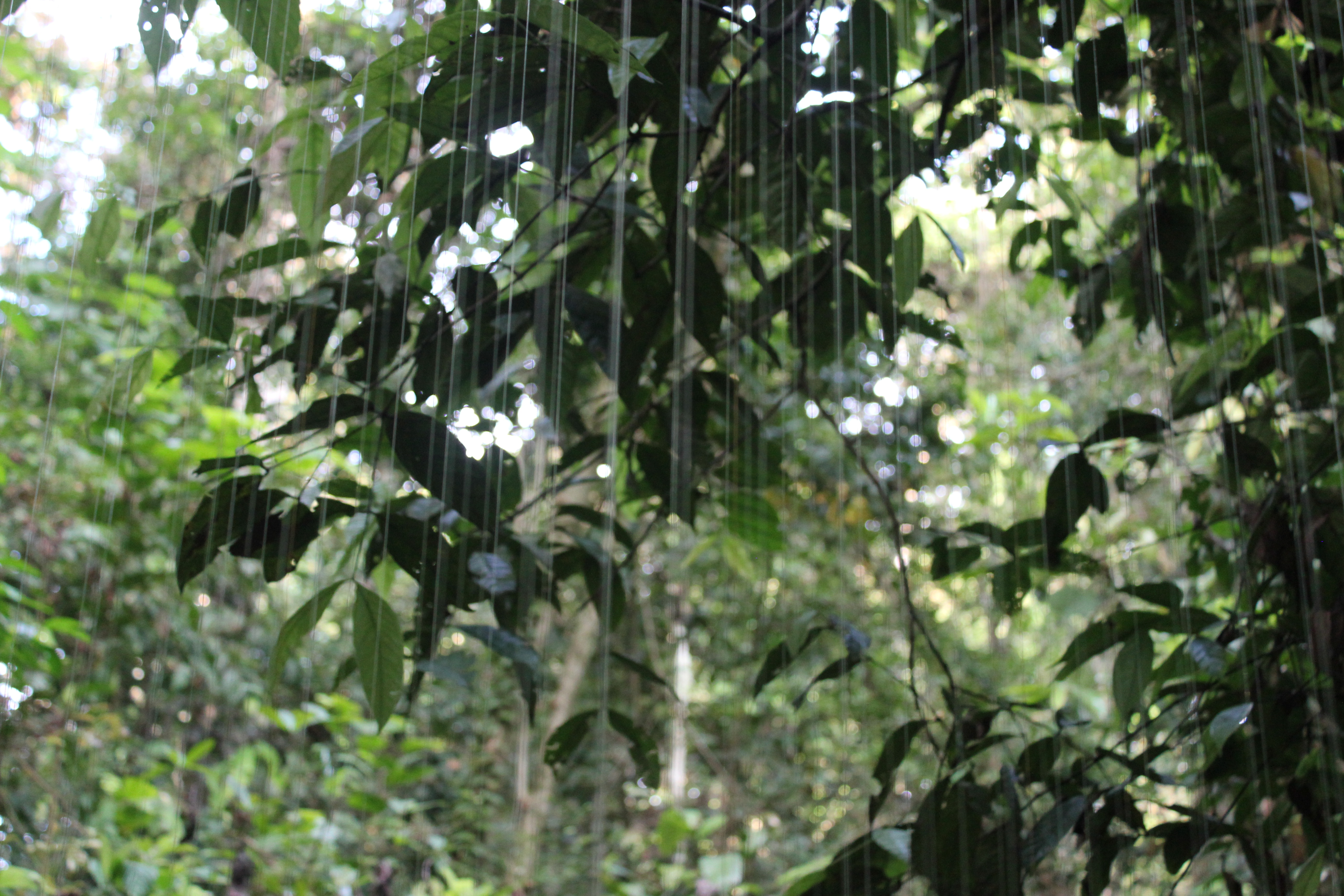
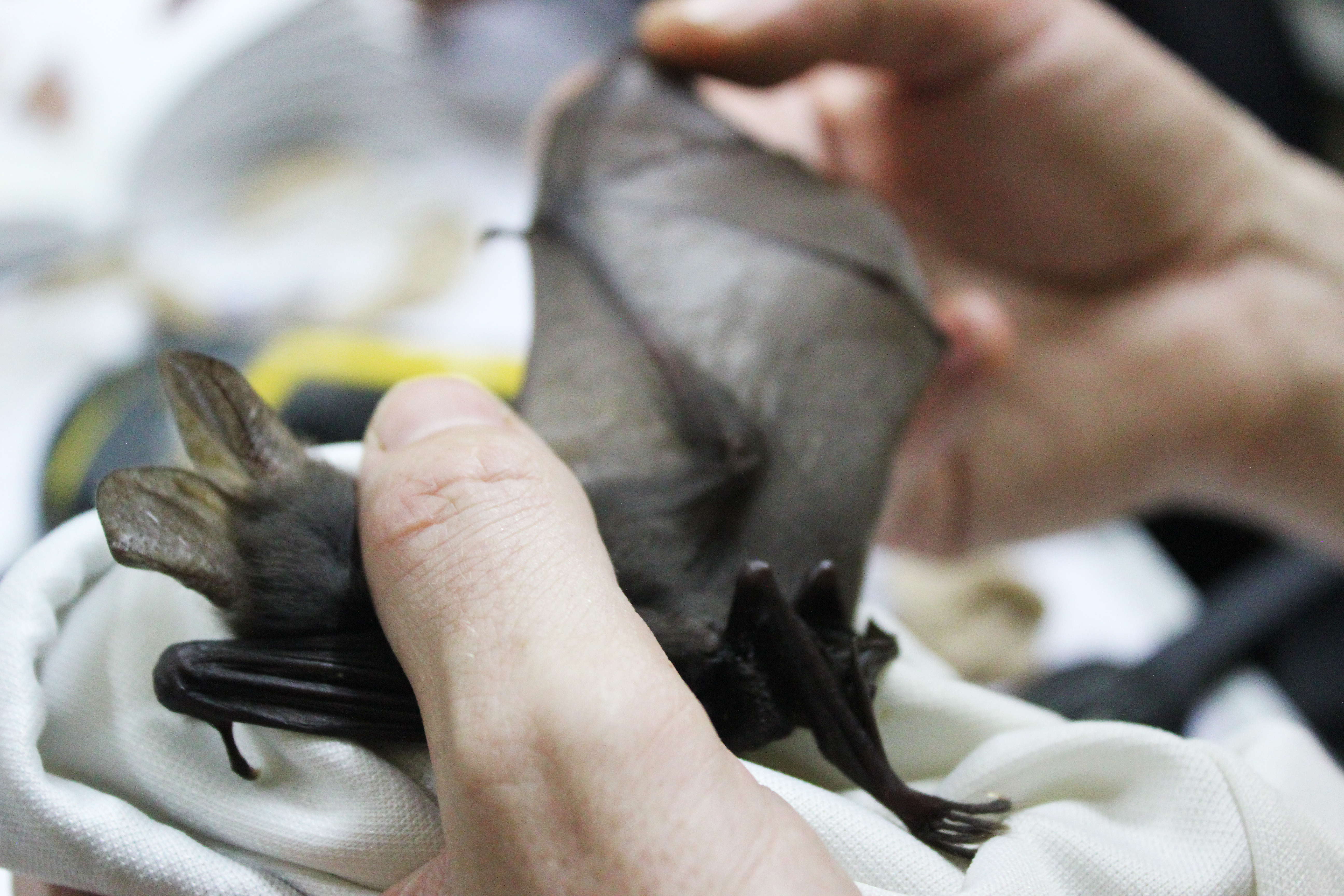
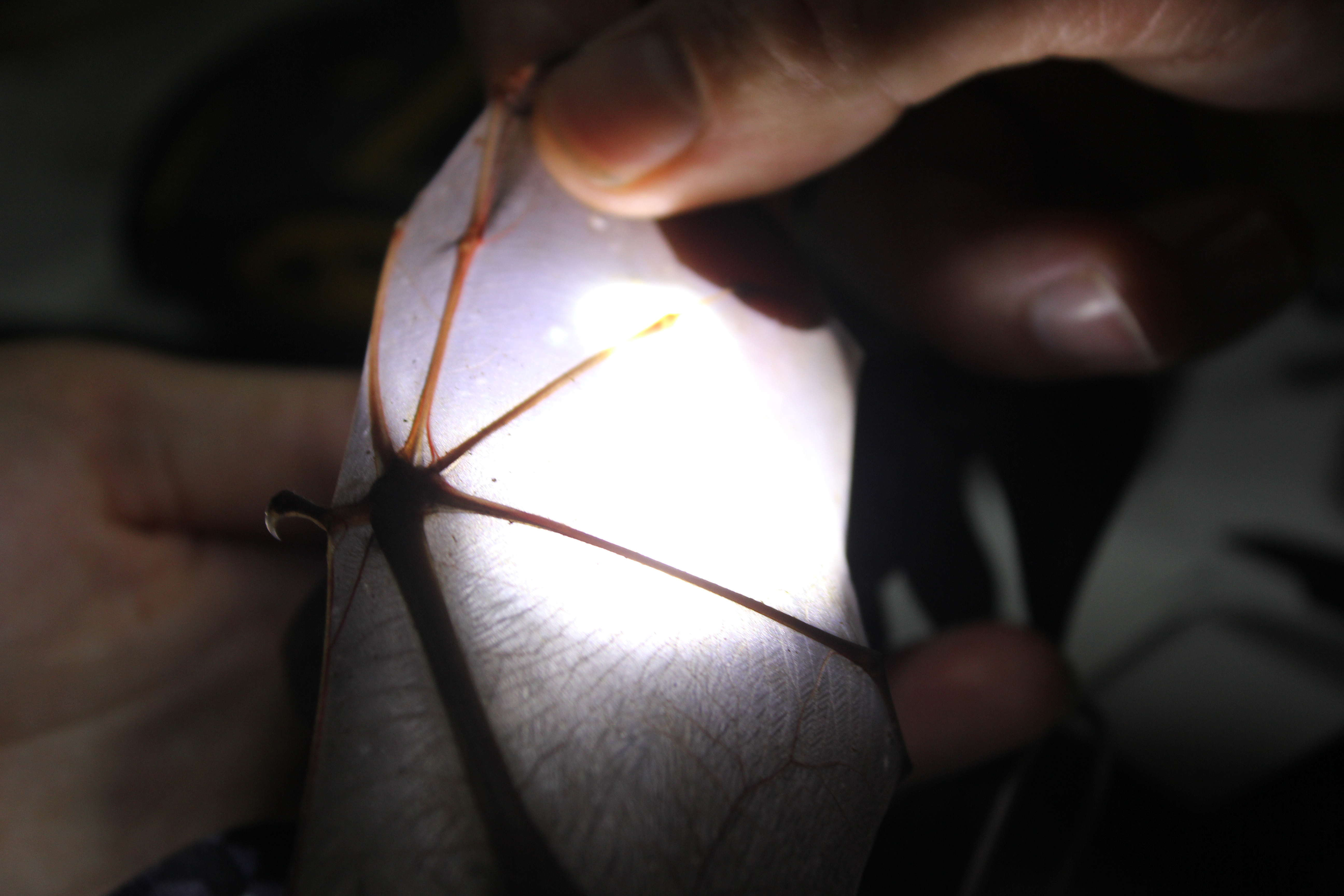
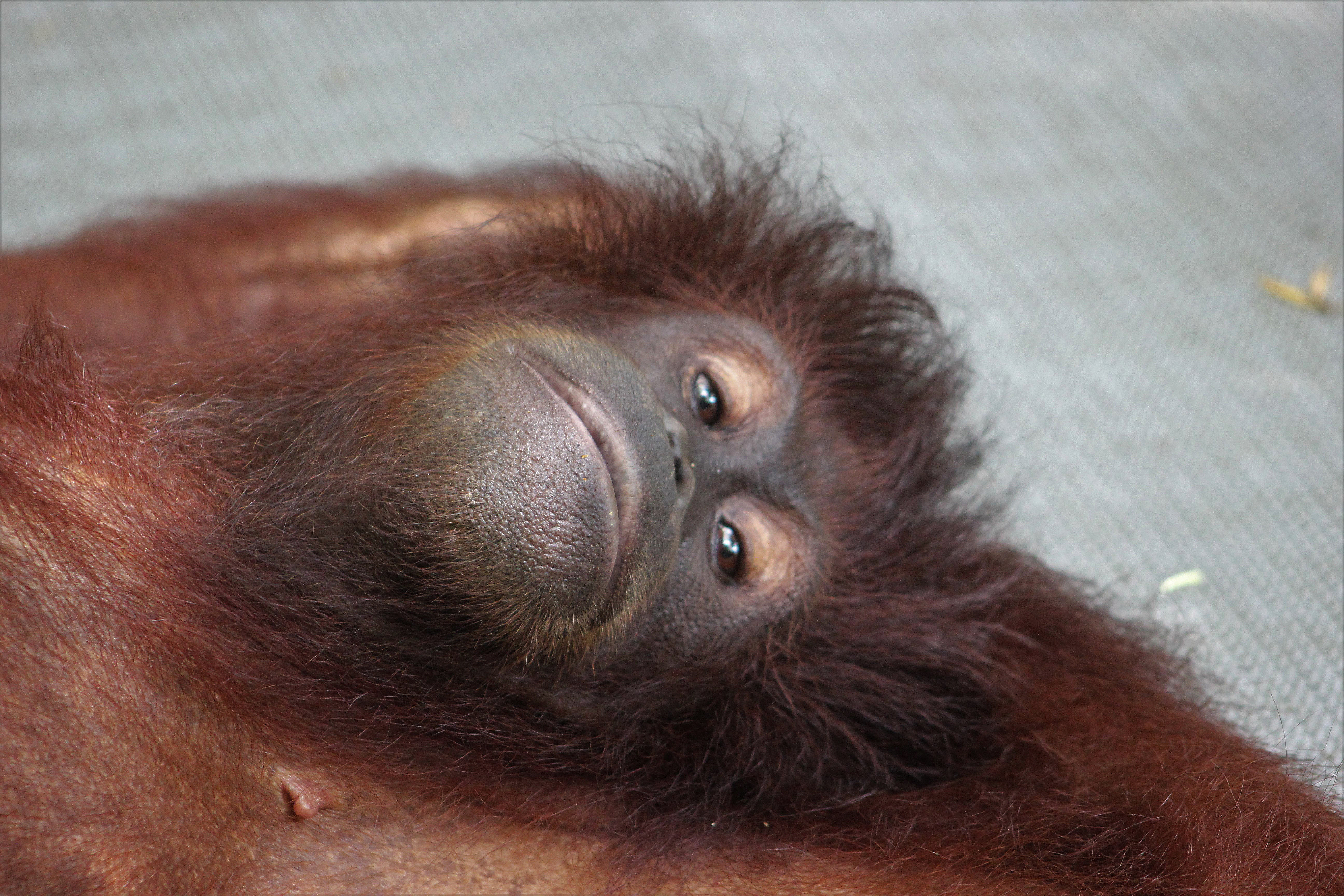
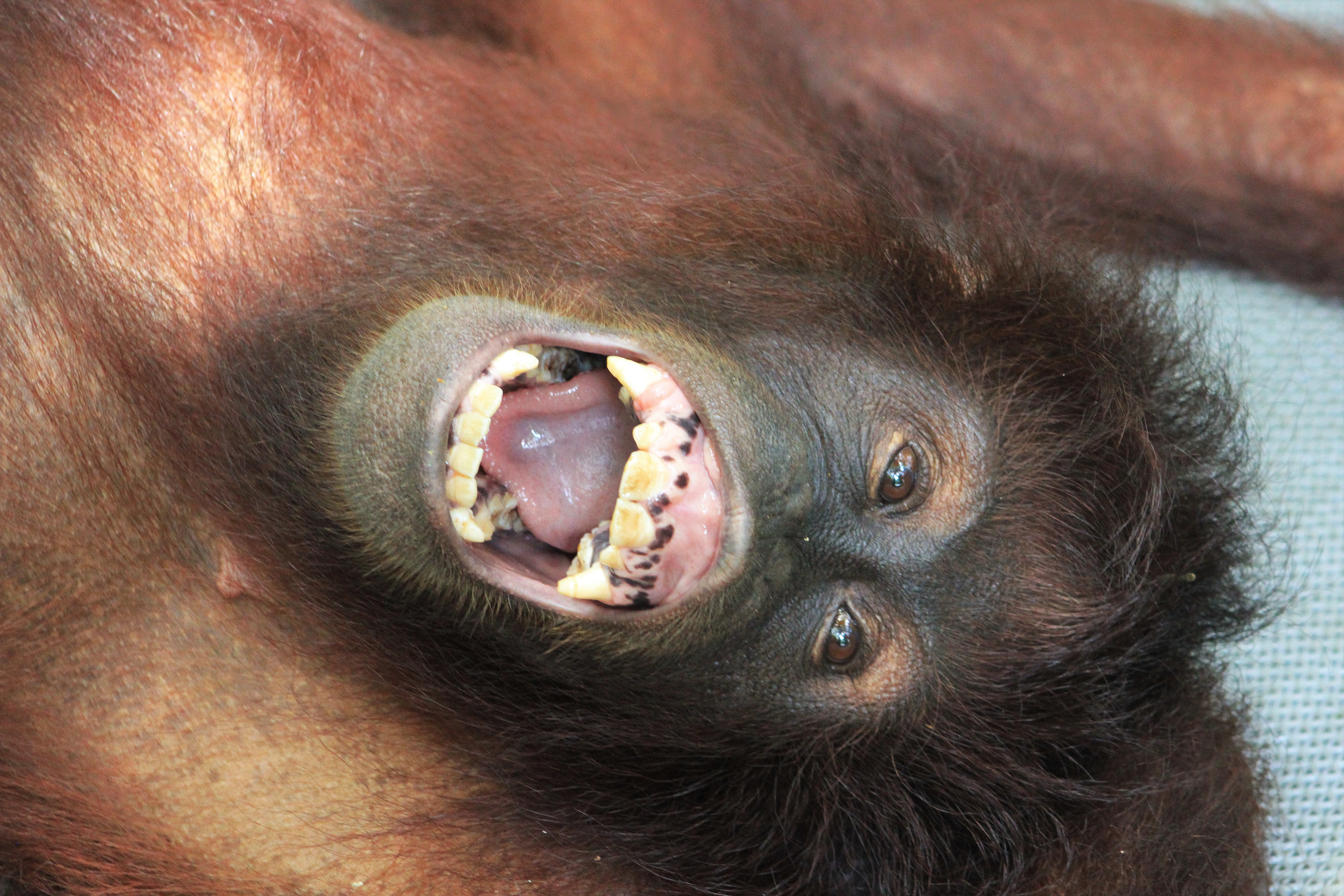

2 Comments
Tony Keates
Hi Rishane – welcome to the UK.
I have spent many happy hours watching the Ospreys at Loch Garten, even though I live in the Yorkshire Dales.
I have also been to Borneo and spent time on the Kinabatangan River – I met Sir David Attenborough there and had a fascinating chat with him. He is a wonderful guy, no side to him at all and happy to talk to ordinary people. While in Borneo I managed to climb Mount Kinabalu.
I look forward to reading your blogs from Loch Garten.
Rishane
Hi Tony! Really appreciate your comment and for giving up your time in reading my blog! Meeting Sir Attenborough must have been simply incredible. I will be writing on Loch Garten very soon, hoping you signed up to the mailing list!